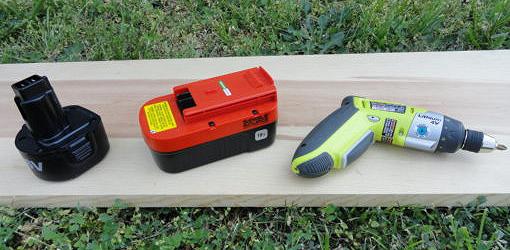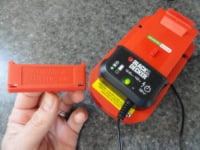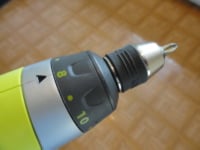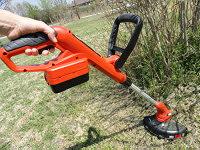Can Lithium Batteries Be Used On Tools Designed For Nikon

Rechargeable cordless tools are convenient, portable, and ready to work at a moment's notice. Cordless tool batteries last for several years; and with proper care and storage, you can extend battery life and your investment.
Here are some dos and don'ts to help you get the most out of the batteries on cordless tools.
Rechargeable Tool Battery Dos
- Do Keep Battery Charged: Recharge cordless tool batteries as soon as you notice a decrease in power. Most batteries last longest if recharged when they reach 70% capacity. Even NiCd batteries (the ones with the so-called "memory effect") only need to be completely discharged every month or so to retain their charge memory.
- Do Use Battery Regularly: Battery life decreases with lack of use, so keep those tools in action! If you only very rarely use a tool, you may want to consider a plug-in version, or plan to recharge the cordless tool battery before starting a project.
- Do Charge Battery Completely: Be sure to leave the cordless tool battery plugged in until it's completely charged. Most chargers have an indicator to let you know when the battery is fully charged.
- Do Keep Battery Cool and Dry: Cordless tool batteries will last longer if stored in a dry, climate controlled dry area. It's not necessary, however, to store batteries in the freezer.
- Do Store Battery Properly: Store your cordless tool battery in the original carrying case, or in a cushioned bag. Be sure to use the plastic cap that came with your battery to keep it from short circuiting and to protect the terminals from breakage or moisture.
- Do Have a Backup Battery Handy: It's a good idea to have a second battery available and charged for your cordless tool, so you can switch out in mid-job.
- Do Protect the Battery: Be gentle with cordless tool batteries – they won't work if damaged or cracked.
- Do Adjust Cordless Tool Settings: Be sure to use the right tool setting for the job. For example, higher torque settings can run down a cordless drill battery faster, so you'll get more battery life if you use the setting that's needed.



Rechargeable Tool Battery Don'ts
- Don't Run Battery All the Way Down: Deep draining (letting a rechargeable battery run all the way down), can permanently damage the poles and shorten battery life. Instead, recharge the battery as soon as your tool starts to slow down. Never deep drain unless you have a NiCd battery that's showing decreased capacity due to the memory effect.
- Don't Leave Battery on Charger: Unless your tool instructions specifically say to store the battery on the charger, be sure to remove it after charging is complete. Overcharging can damage a battery and shorten its life, and not all chargers shut off automatically.
- Don't Overheat Battery: Heat is deadly to rechargeable batteries and can even cause them to explode. If the battery gets hot to the touch, let it cool down before recharging or using. Don't store rechargeable batteries in a hot car, attic, or overheated storage area.
- Don't Get Battery Wet: Don't expose your cordless (or corded) tools or batteries to water. Immediately wipe away any moisture on the tool or battery.

Further Information
- Advantages of Rechargeable Cordless Lawn Mowers (video)
- Cordless Garden Cultivator from Black & Decker (video)
- Milwaukee Cordless Wet-Dry Vacuum (video)
- Advantages of Lithium Ion Batteries for Cordless Tools (video)
Can Lithium Batteries Be Used On Tools Designed For Nikon
Source: https://todayshomeowner.com/how-to-care-for-a-rechargeable-cordless-tool-battery/
Posted by: galvanlaideard.blogspot.com

0 Response to "Can Lithium Batteries Be Used On Tools Designed For Nikon"
Post a Comment